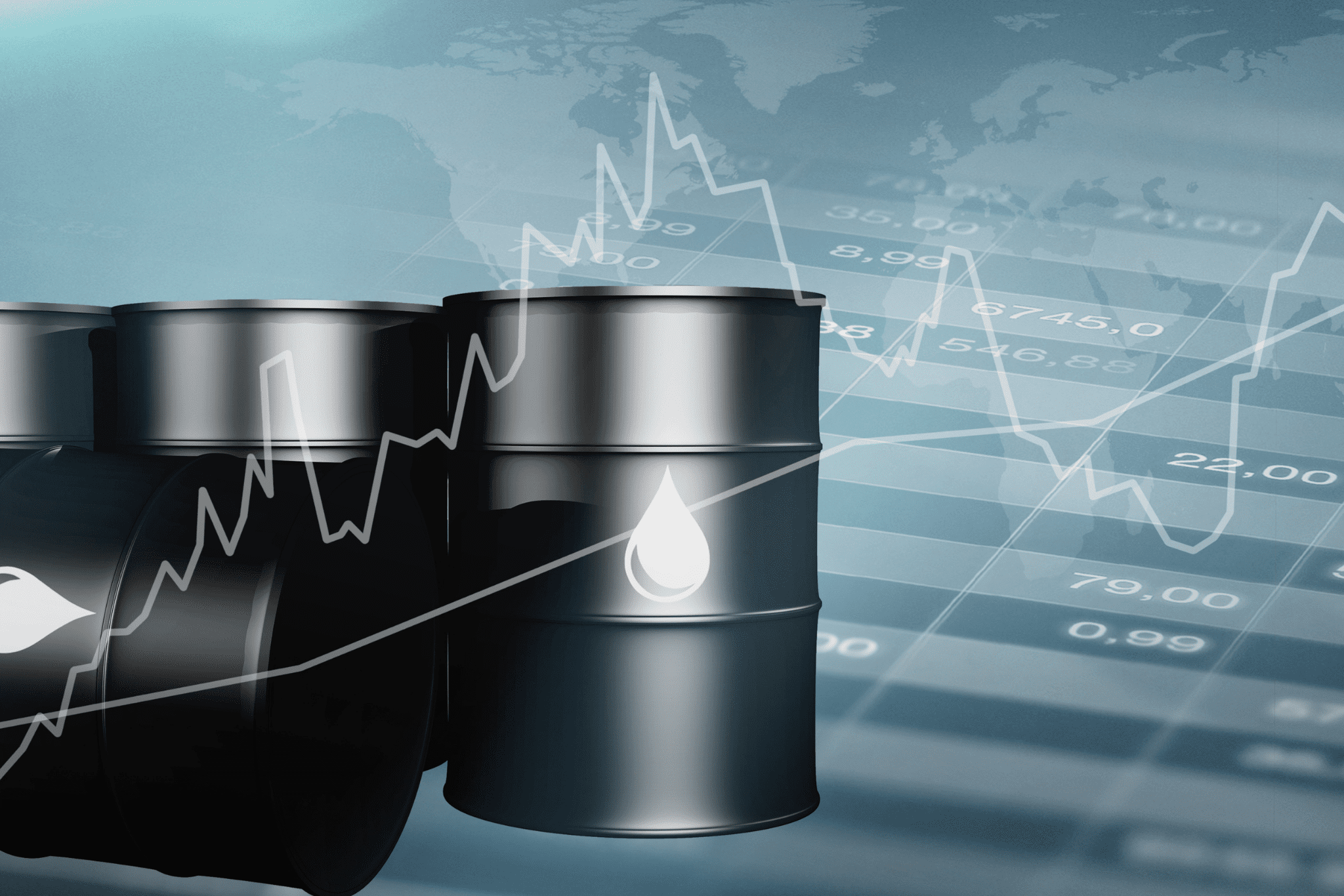At this time last year, it was still unknown that a deadly global pandemic was on the rise, eventually stalling economic growth and sending crude oil prices into negative territory. But recently, oil prices have surged, with crude hitting highs not seen since before the pandemic.
A hopeful sign
Recent production cuts and a belief in the potential for underlying economic growth are spurring a rally. Although the demand for oil is still lower than normal, many investment professionals harbor hopes of a speedier than expected economic recovery thanks to the ongoing global vaccination effort.1
Oil prices and the economy
The price of oil can often influence the costs of other production and manufacturing across the United States. For example, there is a direct correlation between the cost of gasoline or airplane fuel to the price of transporting goods and people. A drop in fuel prices means lower transport costs and cheaper airline tickets.2
The ultimate lead indicator?
Some investment professionals view the value of oil as a lead indicator. Whether or not this will remain true for the future, it can be helpful to remember that lead indicators should never be seen as infallible. Abrupt and unexpected changes will prompt lead indicators to rapidly recalibrate their expectations for the future.
Let me know if you’d like to chat about the economy, oil prices, lead indicators, or any other topics you’re pondering. I’m always here to help. Give us a call at our office at (574) 606-4406.
Sources:
- Barrons.com, February 8, 2021
- Investopedia.com, January 8, 2021
- Original article adapted from FMG Suite 2021
These forecasts or forward-looking statements are based on assumptions, subject to revision without notice, and may not materialize.
Investing involves risks, and investment decisions should be based on your own goals, time horizon, and tolerance for risk. The return and principal value of investments will fluctuate as market conditions change. When sold, investments may be worth more or less than their original cost.












